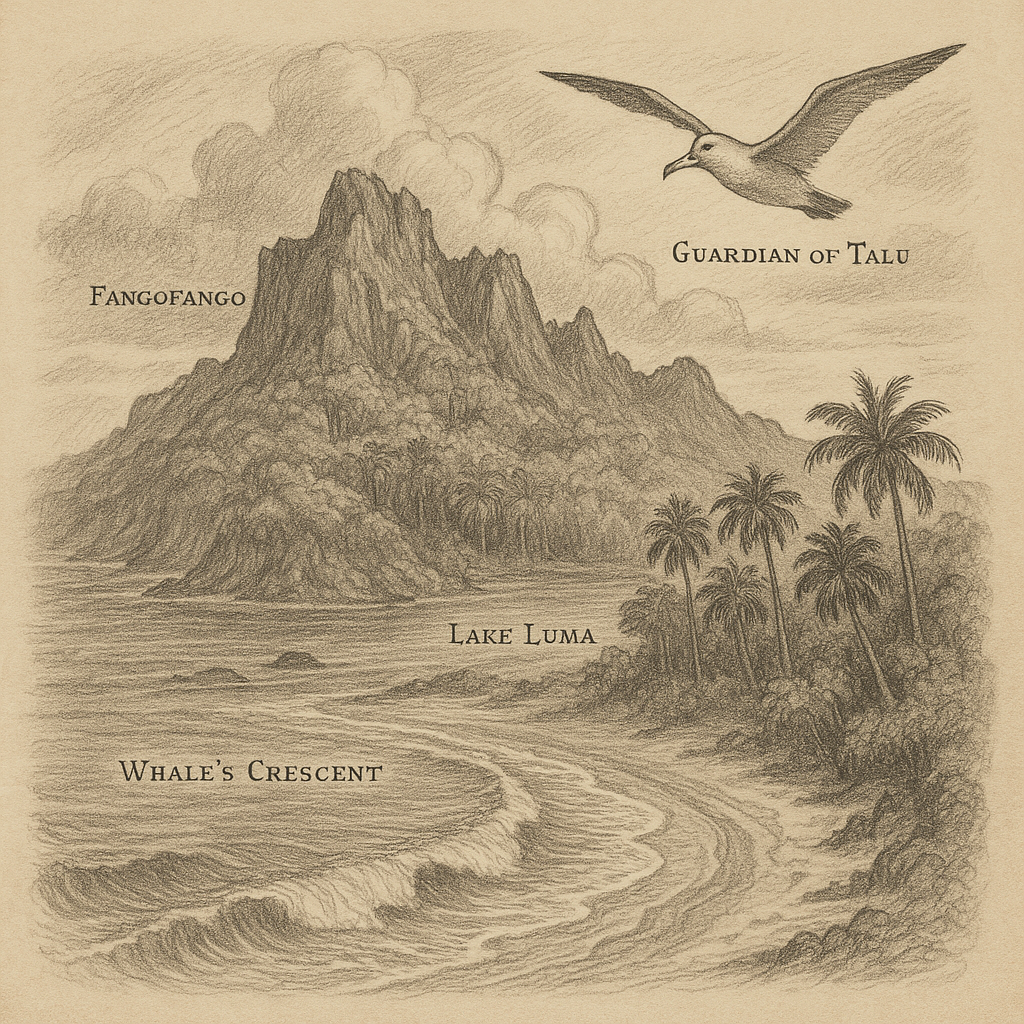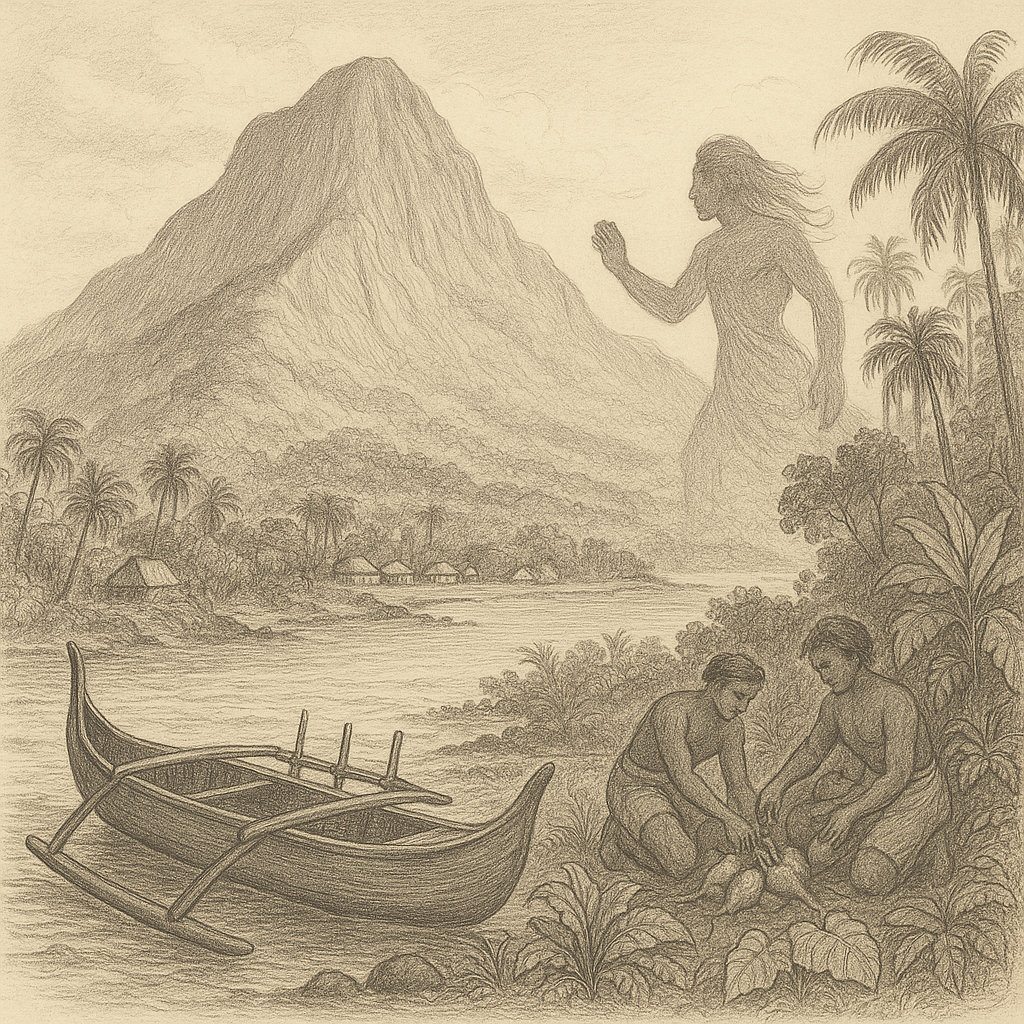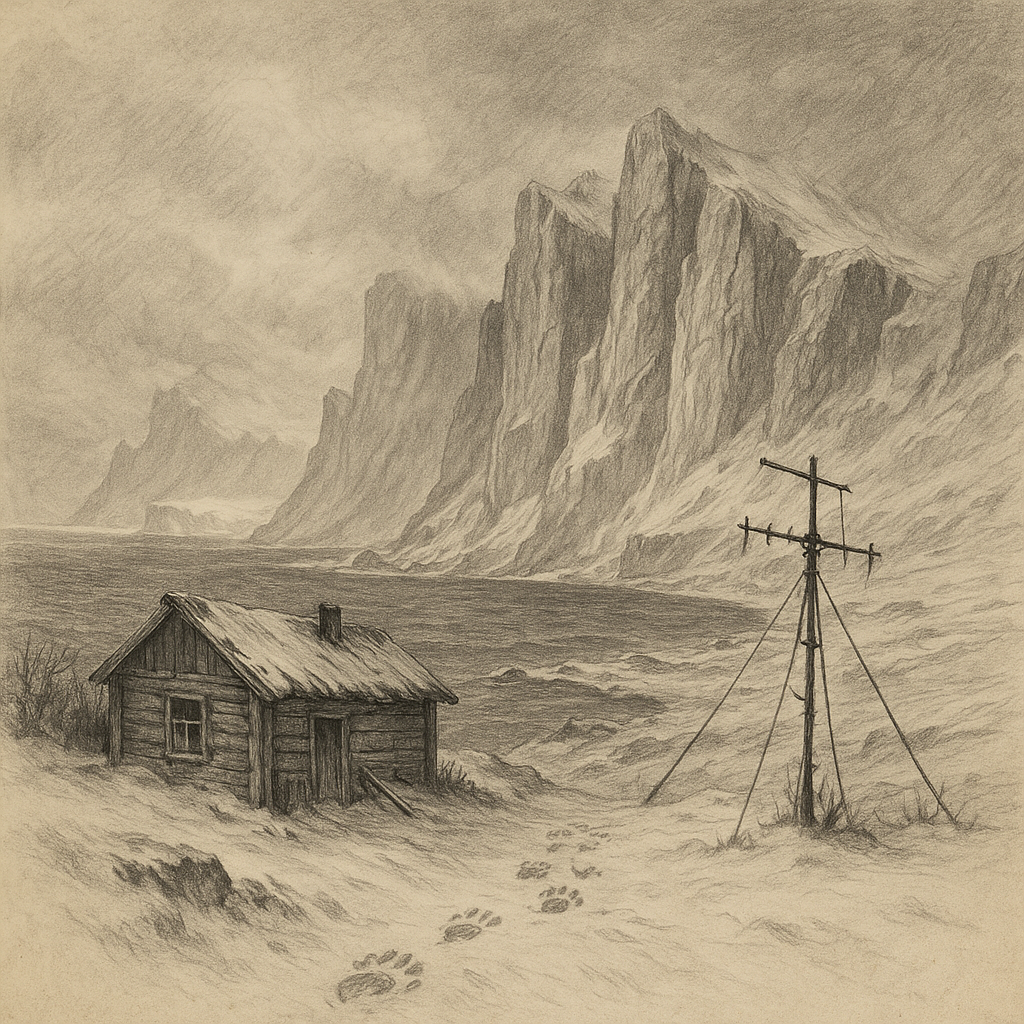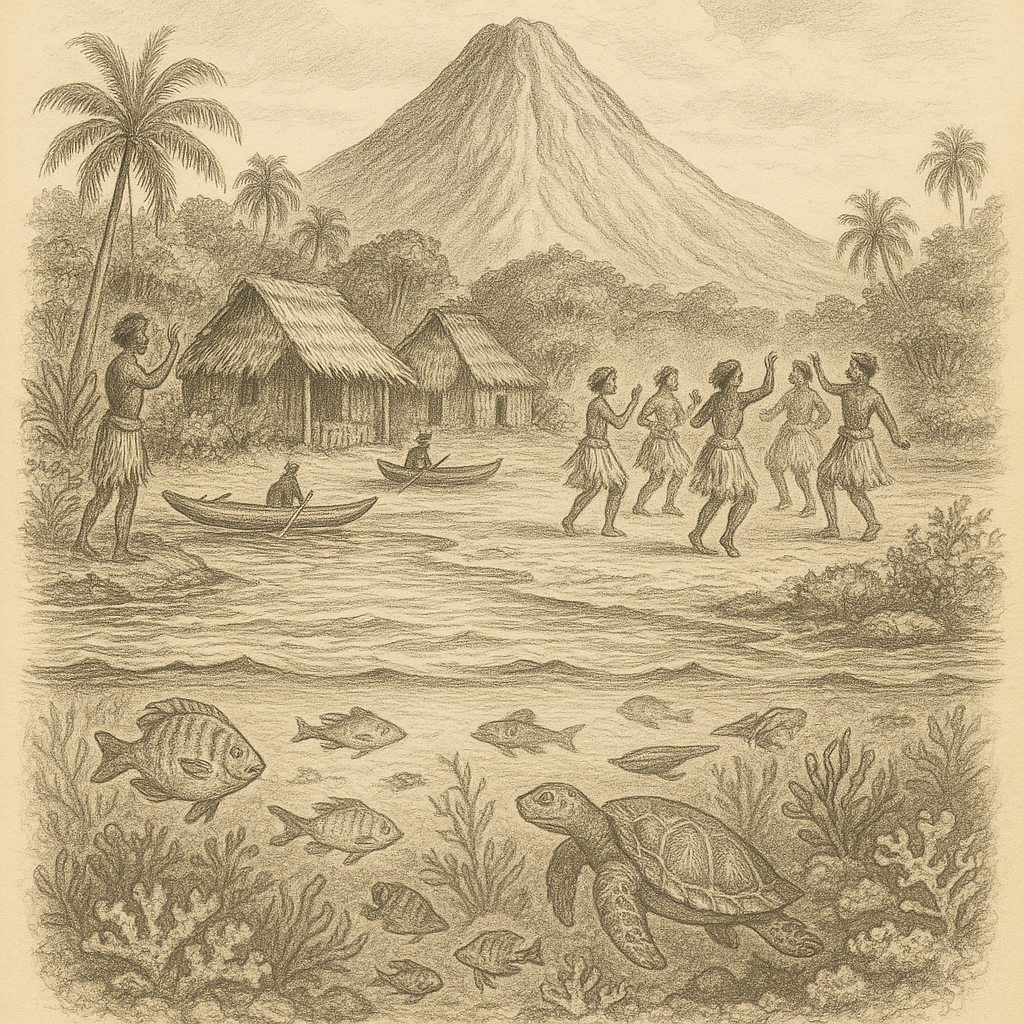Fangofango Island: A Hidden Jewel of the Pacific Nestled in the vastness of the South Pacific Ocean, Fangofango Island is one of the most remote and enigmatic landmasses in this aquatic expanse. Little-known to the outside world and rarely visited even by seasoned travelers, this small volcanic island lies roughly 950 kilometers southwest of Samoa and approximately 700 kilometers northeast of Fiji. Due to its unique maritime location and isolated ecosystem, Fangofango Island presents a fascinating subject of geographical and cultural exploration. Geological Origins and Natural Environment Fangofango Island is of volcanic origin, part of a submerged ridge created millions of years ago by tectonic interactions along the Pacific Plate. It rises sharply from the seafloor, with its summit finally peeking above the surface to form the only landmass within a radius of hundreds of kilometers. The highest point on the island reaches about 412 meters above sea level, a still-active volcanic vent now largely dormant but occasionally emitting plumes of steam. The terrain is characterized by rugged black lava cliffs, dense green thickets of underbrush, and stunning white-sand beaches edging turquoise lagoons. The climate is warm and humid year-round, with an annual rainfall averaging 1,900 mm. This subtropical weather has fostered a lush jungle ecosystem that thrives undisturbed, featuring thick groves of palm, pandanus, and the rare Fangofango fern — a plant species endemic to the island. Biodiversity and Conservation The long isolation of Fangofango Island has allowed it to develop a truly unique biodiversity. Birdlife, in particular, thrives in abundance. Species such as the Fangofango fruit dove and the Pacific shearwater nest here in large numbers, taking advantage of the predator-free environment. The surrounding coral reefs boast vibrant marine communities, including reef sharks, manta rays, and the elusive blue-banded wrasse, which was first recorded by marine biologists conducting a rare survey in 2018. As there are no permanent human inhabitants, the island has remained largely untouched. Occasional conservation efforts by international environmental groups focus on monitoring climate change indicators and ensuring the absence of invasive species. Access to the island is tightly regulated by regional conservation authorities, with entry only permitted by scientific or environmental charter. Interesting Facts Fangofango Island is remarkable not only for its isolation but also for some captivating facts that have emerged over the years: – Despite its remoteness, the island is occasionally monitored via drone surveillance deployed by marine conservation agencies looking to track whale migration in the nearby waters. – The beach known as “Whale’s Crescent” on the southern tip of the island is named for the school of humpback whales that gather off its coast every June through September during their annual migration. – In 1974, a Japanese expedition discovered a previously unrecorded species of bioluminescent plankton in the shallow waters off Fangofango. These plankton create a soft, glowing effect along the coastline at night, earning the nickname “The Moonlit Shore.” – The island’s interior contains a small crater lake, known locally as “Lake Luma,” whose waters are a deep emerald green and have been recorded at unusually high mineral concentrations—suggesting geothermal activity beneath the island. Legends and Cultural Lore Though uninhabited in modern times, Fangofango Island has long held a mythical place in the traditions of Polynesian navigators and storykeepers. Oral histories from neighboring island nations speak of the island as “Lua Manatu,” meaning “The Second Thought.” According to legend, the gods created Fangofango as a sanctuary of peace when the world was still young and chaotic. It was said that warriors who had perished with unfulfilled quests would find their way to Fangofango in the afterlife, to complete their journeys in serenity. Another tale, passed down among the elders of nearby Taveuni Island, tells of a great storm that once swept through the ocean, scattering the stars and islands alike. Fangofango was the only land to remain unmoved, protected by a guardian spirit in the form of a giant seabird called Talu. Even today, some locals believe that the presence of unusually large albatross over Fangofango skies is a sign that Talu still watches over the island. Such stories continue to hold cultural weight, reinforcing the sense of reverence with which people regard this untouched jewel of the Pacific. Access and Future Prospects Access to Fangofango Island remains limited and highly controlled. Visitors must apply through the regional Pacific Environmental Council and demonstrate a scientific or ecological purpose for entry. There are no airstrips or ports, so access is typically gained via sailboat or research vessel. Due to changing climate conditions and the island’s ecological importance, increasing attention is being given to long-term preservation planning. While Fangofango Island may never become a tourist destination, its value lies in the mystery it holds, the life it protects, and the stories that still echo in the breeze blowing through its volcanic cliffs. For those few who have set foot on its pristine shores, Fangofango is less a place to see and more a realm to behold—a hidden archive of Earth’s ancient memory.

Fangofango Island
Do you like my work? Buy Me A Coffee
Do you like my work? Buy Me A Coffee
-

Ta’u Island
Taʻū Island: A Remote Jewel of American Samoa Taʻū Island is the easternmost island of the Manuʻa Islands, part of American Samoa in the South Pacific Ocean. Remote and steeped in natural beauty and cultural history, Taʻū is an island that offers a unique glimpse into the ecological and mythological richness of Polynesia. While it…
-

Hall Island
Hall Island: A Remote Arctic Treasure Hall Island is one of the most remote and least-known islands within the Russian Arctic. Tucked away in the far reaches of the East Siberian Sea, this isolated piece of land lies north of the Chukotka Peninsula and forms part of the desolate yet enigmatic Franz Josef Land archipelago.…
-

Tikopiaa Southeastern Island
Tikopia: The Southeastern Gem of the Solomon Islands Nestled deep within the vast expanse of the South Pacific Ocean lies Tikopia, a remote volcanic island that forms part of the southeastern cluster of the Solomon Islands. With its lush green rainforests, rugged volcanic peaks, and strong cultural traditions, Tikopia stands as a unique embodiment of…
by
Tags: